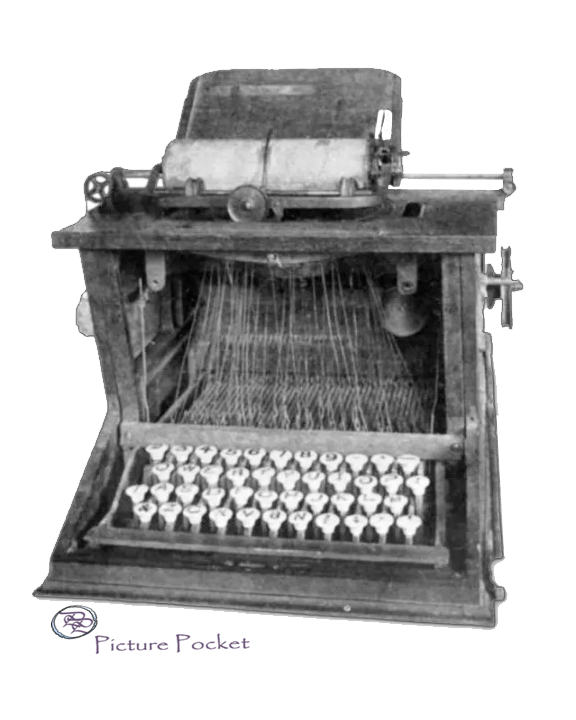History of keyboard, Definition of keyboard
History of Keyboard:
The history of the keyboard dates back to the 19th century when the first typewriter was invented by Christopher Latham Sholes in 1868. This early keyboard was designed to mechanically strike inked ribbons onto paper to produce printed text.
The original keyboard layout was arranged in alphabetical order, which was not an efficient arrangement for typing. Sholes experimented with different layouts before settling on the QWERTY layout in 1873, which is still in use today. This layout was designed to slow down typists to prevent the mechanical keys from jamming, as they were arranged in a way that minimized the likelihood of frequently used letters being struck consecutively.
The QWERTY layout dominated the keyboard market until the 1980s when the Dvorak Simplified Keyboard was introduced. This keyboard layout was designed to optimize typing speed and minimize finger fatigue by placing the most frequently used letters in the home row. However, the QWERTY layout remained the standard, as users were reluctant to switch to a new layout.
In the 1990s, the rise of personal computers and the internet led to the development of new types of keyboards, including ergonomic keyboards and multimedia keyboards. Ergonomic keyboards were designed to reduce the strain on users' wrists and hands, while multimedia keyboards included extra keys for controlling media playback and accessing the internet.
In recent years, the rise of mobile devices and touchscreens has led to the development of virtual keyboards, which are used on smartphones, tablets, and other portable devices. These keyboards are designed to be as compact as possible while still allowing for efficient typing.
Overall, the keyboard has evolved significantly over the past century, from a mechanical typewriter to a virtual keyboard on a touchscreen. Despite these changes, the QWERTY layout remains the standard for most keyboards, highlighting the influence of historical precedents on modern technology.
Evolution of Keyboard:
The keyboard has evolved significantly over the years, both in terms of its design and functionality. Here is a brief overview of the key stages in the evolution of the keyboard:
Mechanical Typewriters: The first keyboards were used on mechanical typewriters in the late 1800s. The keys were arranged in alphabetical order, but this proved to be inefficient, and Christopher Latham Sholes designed the QWERTY layout to prevent jamming.
Electric Typewriters: In the 1920s, electric typewriters were introduced, which made typing faster and more efficient. The keys on these machines were still arranged in the QWERTY layout.
Computer Keyboards: The first computer keyboards were introduced in the 1960s and 1970s, and they were based on the same QWERTY layout as typewriters. These keyboards were often large and bulky and had a limited number of keys.
Ergonomic Keyboards: In the 1990s, ergonomic keyboards were introduced to reduce the risk of repetitive strain injuries. These keyboards had a curved design that was more comfortable to use and reduced strain on the wrists and hands.
Multimedia Keyboards: In the late 1990s and early 2000s, multimedia keyboards were introduced that had extra keys for controlling media playback, volume, and accessing the internet.
Wireless Keyboards: With the rise of mobile computing, wireless keyboards became popular. These keyboards use Bluetooth or other wireless technologies to connect to computers, tablets, and smartphones.
Virtual Keyboards: With the advent of touchscreen devices such as smartphones and tablets, virtual keyboards have become widespread. These keyboards are software-based and appear on the screen when needed. They are customizable and can be resized to fit different screen sizes.
In summary, the keyboard has come a long way since its invention in the 19th century. From mechanical typewriters to virtual keyboards on touchscreens, the evolution of the keyboard has been shaped by technological advancements, user needs, and ergonomic considerations










No comments